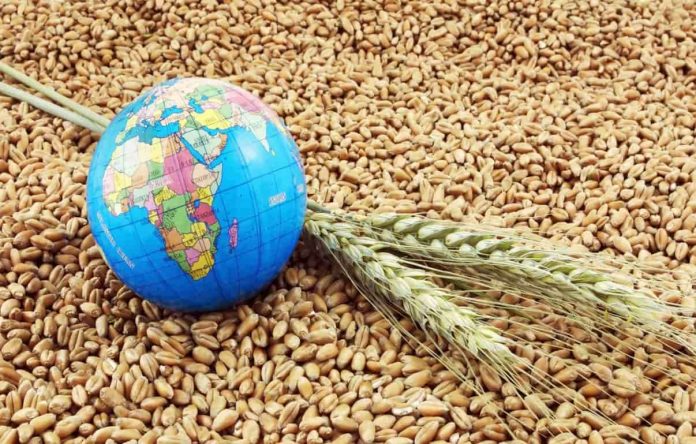Світові продовольчі ціни продовжують зростати, і лютий 2025 року став третім місяцем поспіль, коли індекс продовольчих цін FAO демонструє підвищення. Найбільше подорожчали цукор, молочні продукти та рослинні олії. Водночас ціни на м’ясо залишаються стабільними, а на рис навіть зафіксовано зниження.
За даними Продовольчої та сільськогосподарської організації ООН (FAO), у лютому 2025 року продовольчий індекс склав 127,1 пункту, що на 1,6% більше, ніж у січні. Порівняно з лютим 2024 року зростання склало 8,2%. Найвищий рівень індексу було зафіксовано у березні 2022 року — 160,2 пункту.
Індекс цін на зернові у лютому становив 112,6 пункту, що на 0,7% вище, ніж у січні, але на 1,1% нижче, ніж рік тому. Зростання спричинене скороченням експортних запасів у Росії, що призвело до зміщення попиту на альтернативних постачальників. Додатковий вплив мали погодні ризики у США, Європі та Росії.
Ціни на кукурудзу також зросли через зниження запасів у Бразилії та несприятливі погодні умови в Аргентині. Водночас ціни на рис навпаки знизилися на 6,8% через надлишкові запаси та слабкий імпортний попит.
Індекс цін на рослинні олії досяг 156,0 пункту, що на 2% більше, ніж у січні. Зростання цін на пальмову олію пояснюється сезонним скороченням виробництва в Південно-Східній Азії. Також зросли ціни на соєву, соняшникову та ріпакову олію через побоювання щодо можливого зниження світових запасів.
Індекс цін на молочні продукти зріс на 4%, досягнувши 148,7 пункту. Зростання цін на сир, сухе незбиране молоко та вершкове масло пояснюється високим попитом та зниженням надоїв у Океанії.
Ціни на цукор підскочили на 6,6%, досягнувши 118,5 пункту. Основні фактори – занепокоєння щодо зменшення світових запасів, зниження врожаю в Індії та несприятливі погодні умови в Бразилії. Додатковий вплив спричинило зміцнення бразильського реала, що зменшило привабливість експорту.
Ціни на м’ясо у лютому залишилися майже незмінними. Вартість яловичини зросла через збільшення попиту, особливо у США, а також через подорожчання великої рогатої худоби в Австралії. Водночас ціни на свинину та м’ясо птиці знизилися через надлишкову пропозицію.
Світові тенденції вказують на подальше зростання продовольчих цін, особливо у сегментах молочних продуктів, олій та цукру. Основні причини – зростання попиту, скорочення виробництва та експортних запасів, а також вплив погодних факторів. Якщо ці тенденції збережуться, можливе подорожчання продуктів харчування для кінцевих споживачів по всьому світу.


